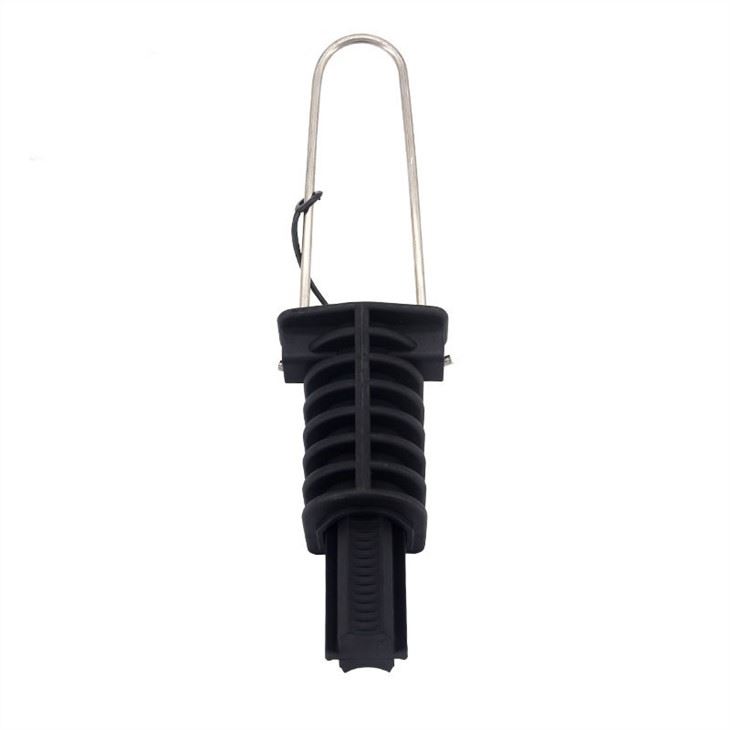How do tension clamps work?
2023-12-14
Tension clamps are used to secure and support overhead conductors or cables in various applications, such as electrical power lines and telecommunications. They work by providing a secure grip on the conductor while allowing some degree of movement to accommodate changes in tension, temperature fluctuations, or environmental factors.
Here's a general overview of how tension clamps work:
1. Gripping Mechanism: Tension clamps typically consist of a body or frame with a mechanism designed to grip the conductor. This gripping mechanism may involve bolts, wedges, or other types of fasteners that can be tightened to securely hold the conductor in place.
2. Installation: To install a tension clamp, the conductor is positioned within the clamp's gripping mechanism. The clamp is then fastened or tightened around the conductor using the provided hardware, securing it firmly in place.

3. Adjustability: Tension clamps are designed to allow for some degree of adjustment. They can accommodate changes in tension within the conductor, which might occur due to factors like wind, temperature changes, or load variations. The adjustability helps in maintaining the appropriate tension in the conductor without causing damage or excessive strain.
4. Flexibility and Movement: While tension clamps securely hold the conductor, they also allow for a certain amount of movement. This flexibility is crucial as it enables the conductor to expand, contract, or slightly shift position without causing damage or undue stress on the conductor or supporting structures.
5. Materials and Design: Tension clamps are typically made from durable materials such as aluminum, steel, or other alloys that can withstand environmental conditions and mechanical stress. The design of the clamp is engineered to distribute the tension along the length of the conductor effectively, preventing concentrated stress points.
By providing a secure grip while allowing for movement and adjustment, tension clamps help maintain the integrity and stability of overhead conductors, ensuring they remain properly supported and protected against damage caused by excessive strain or environmental factors. These clamps play a vital role in ensuring the reliability and safety of overhead electrical and communication systems.


